DAM2 series molded case circuit breakers are advanced devices developed using international technology, featuring compact design, high breaking capacity, short arc-over distance, and shakeproof properties. These breakers are ideal for both land and marine applications, providing reliable protection and power distribution.
Applications include AC 50Hz/60Hz distribution networks with rated working voltage up to 690V and rated current up to 1250A. They protect circuits and equipment from damage due to overload, short-circuit, under-voltage, and other faults. Additionally, they support infrequent circuit conversion and motor starting with overload, short-circuit, and under-voltage protection.
DAM2 circuit breakers can be mounted vertically or horizontally and are suitable for isolation, meeting IEC60947-2 standards. Normal operating conditions include ambient air temperature from -5°C to +40°C, altitude up to 2000m, and pollution degree 3.
Selection is based on pole type, rated current, wiring method, over-current release pattern, and accessories. Pole types include A, B, and C with varying N-pole configurations. Rated currents range from 6A to 1250A across different models like DAM2-63, DAM2-100, DAM2-250, DAM2-400, DAM2-630, DAM2-800, and DAM2-1250.
Accessories include internal components such as shunt release, under-voltage release, auxiliary contact, and alarm contact, as well as external components like manual and electric operating mechanisms. Technical parameters detail instantaneous action characteristics, rated values, and breaking capacities for different models and applications.
For distribution, the instantaneous action characteristic is set at 10In±20%, while for motor protection, it is 12In±20%. Inverse time breaking action characteristics are specified for both power distribution and motor protection scenarios.
Internal accessories like shunt release and under-voltage release have specific voltage ratings and operational ranges. External accessories include motor operating mechanisms and manual handles with detailed installation dimensions.
A fast selection table assists in configuring the breaker based on model features, frame rated current, breaking capacity, operation mode, poles, release type, accessories, application, and current rating. Example configurations are provided for clarity.
Working principle involves manual or electric closing of main contacts, locked by a free release mechanism. Over-current and thermal trip elements are series-connected to the main circuit, while under-voltage release is parallel-connected to the power supply.
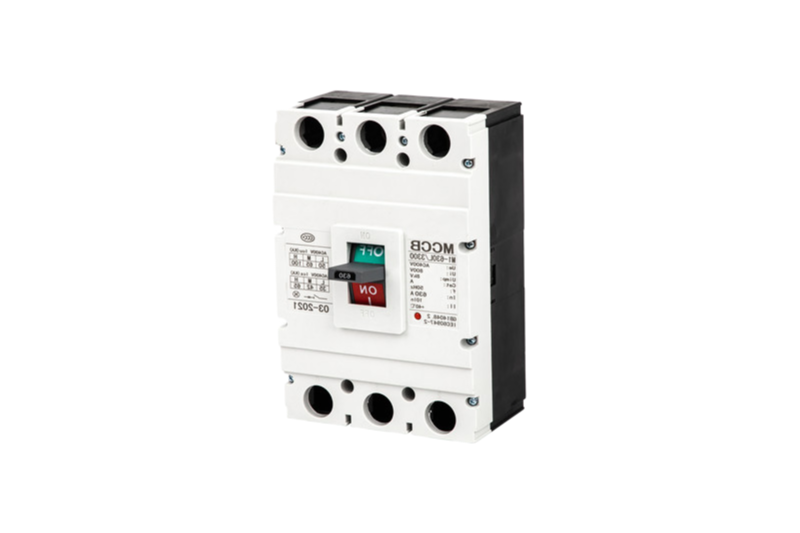

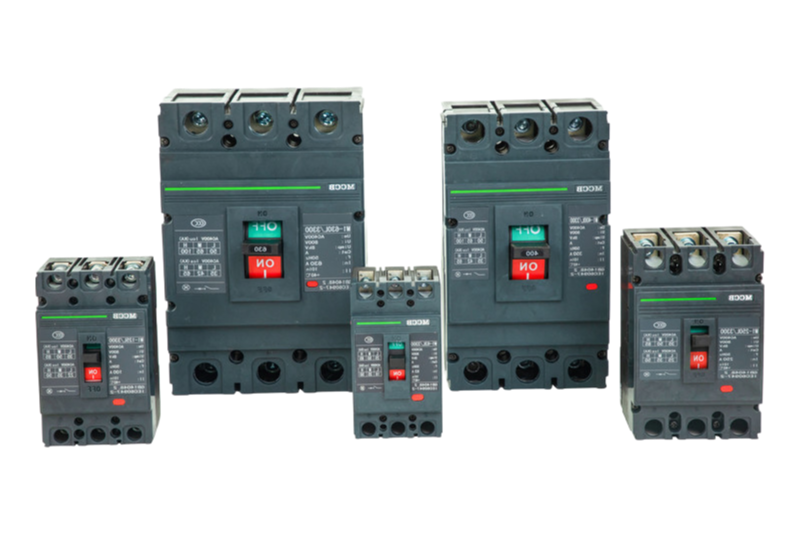
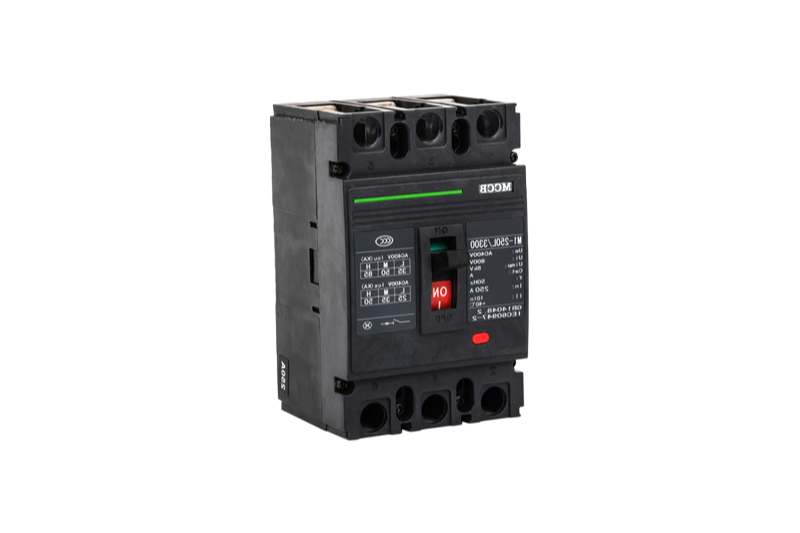
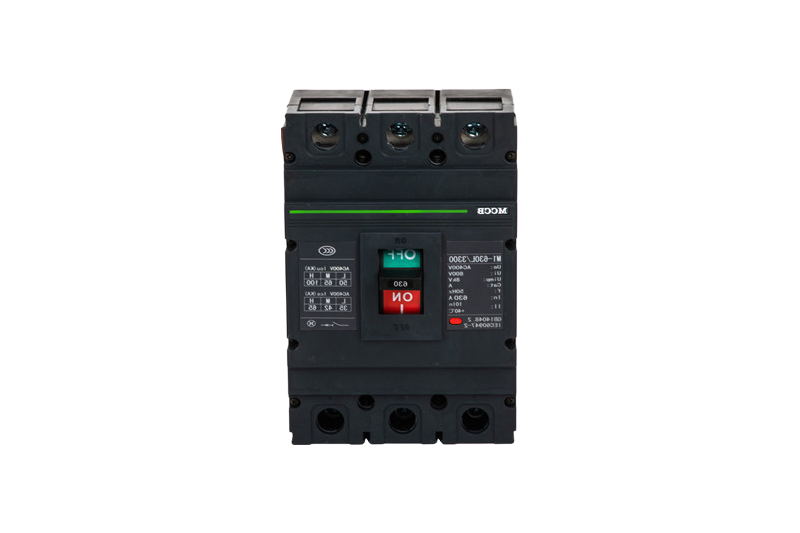
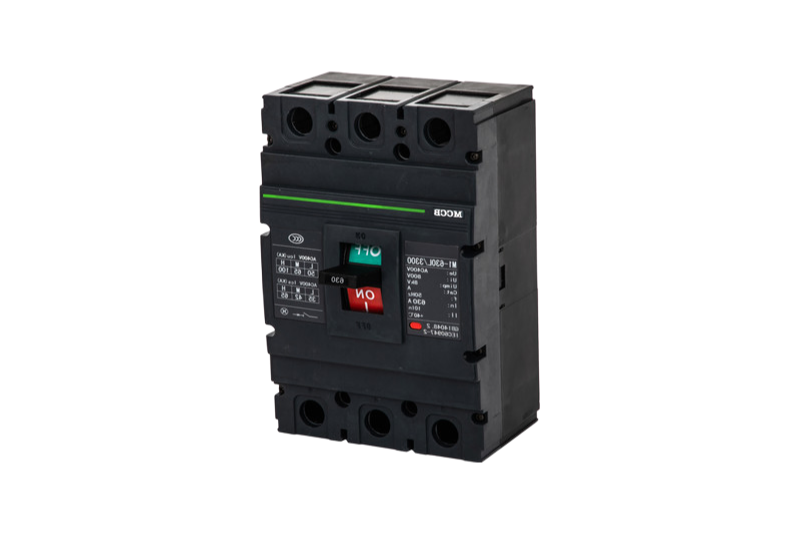
Came exactly as described and pictured. The shipping was incredibly fast and the package arrived well-protected, with no signs of damage whatsoever. Communication from the seller was prompt and professional throughout the entire process, answering my questions clearly. The build quality of the breaker itself feels solid and robust, exactly what you would expect for industrial-grade equipment. The overall service experience was seamless and hassle-free. Very satisfied with this transaction and would not hesitate to order from this supplier again for future project needs. Highly recommended for anyone looking for reliable components.
Logistics were handled exceptionally well, with the package arriving ahead of schedule and in perfect condition. The quality of the product is outstanding, as it feels robust and well-manufactured. Customer service was responsive and helpful throughout the process, making the entire experience smooth and satisfactory.
Prompt delivery and excellent packaging ensured my order arrived safely and on time. The product itself is robust and well-made, meeting all my expectations for durability. Customer support was responsive and helpful throughout the process, making the entire experience smooth and satisfactory.
Never have I experienced such a seamless delivery process; the shipping was incredibly fast and well-handled, with the package arriving ahead of schedule in perfect condition. No issues with the item's build quality—it feels robust and durable, exactly as expected for industrial use. Notably, the customer support team was highly responsive and helpful, addressing all my queries promptly and professionally. Overall, a very satisfying purchase that I would recommend to others.
Absolutely impressed with the delivery speed; the product arrived much earlier than expected, which was a pleasant surprise. The packaging was secure, ensuring everything was in perfect condition upon arrival. As for quality, the materials feel robust and well-crafted, giving me confidence in its durability for industrial use. The customer service team was exceptionally helpful and responsive, addressing all my queries promptly and professionally. Overall, a fantastic experience from start to finish, making it a reliable choice for power distribution needs.
Rapid delivery service ensured my order arrived ahead of schedule, which was a pleasant surprise. The packaging was secure and intact, preventing any damage during transit. Regarding quality, the product appears robust and well-manufactured, with no visible defects or issues. Customer support was responsive and helpful, promptly addressing my inquiries with clear and friendly communication. Overall, a very satisfactory experience that I would gladly recommend to others.
Prompt delivery and excellent packaging ensured the product arrived safely without any delays. The overall quality feels robust and meets industrial standards, which is crucial for our power distribution setup. Customer service was responsive and provided clear updates throughout the ordering process, making the experience hassle-free.